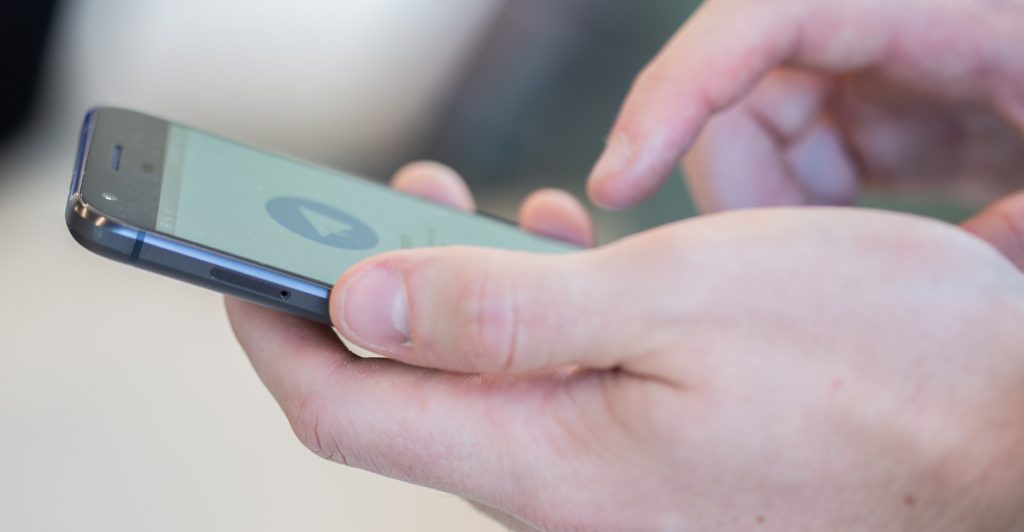Recently published research from the Center for Statistics and Applications in Forensic Evidence (CSAFE) investigates the use of score-based likelihood ratios (SLRs) for camera device identification. The proposed method could provide the statistical foundation needed in digital image forensics.
The study, published in the Journal of Forensic Sciences, was led by Stephanie Reinders, a CSAFE research scientist; Yong Guan, professor of electrical and computer engineering; Danica Ommen, assistant professor of statistics; and Jennifer Newman, associate professor of mathematics. They are all from Iowa State University.
Current camera identification methods rely on photo-response non-uniformities (PRNUs) to identify the device that captured a questioned image. PRNUs are small manufacturing imperfections in the camera’s photodiode that cause slight variations among the pixels in the camera sensor array. They provide an identifying characteristic—or fingerprint—on the images taken with that camera, and examiners can make a yes-or-no decision based on the PRNUs. However, this method fails to quantify the strength of evidence in favor of the decision.
As in other areas of forensics, there is a need to introduce probabilistic and statistical foundations for digital image forensics, and SLRs can convey the strength of evidence in favor of a match or non-match for camera identification.
Several types of SLRs have been studied for camera device identification, but only individually, Reinders said. In this study, Reinders and her colleagues extended their investigations beyond the current literature to compare the performance of three types of SLRs: trace-anchored, source-anchored and general match.
“Building upon previous work, we can offer a more comprehensive application of SLRs for camera device identification,” Reinders said. “We developed a framework for calculating and comparing the performance of three types of specific-source SLRs where the goal was to identify a particular camera device that captured a questioned image,” Reinders said.
In the experiments, Reinders used a large dataset of 4,800 images from a total of 48 camera devices from 26 distinct camera models, including digital still cameras, mobile phones and a tablet. She then calculated a similarity score between the questioned images and the PRNUs of each camera.
From this, Reinders was able to construct three different SLRs; each meant to determine the likelihood that a questioned image and a person of interest’s camera’s PRNU came from the same camera, compared to the likelihood that they came from different cameras.
Overall, all three types of SLRs achieved low rates of misleading evidence on the dataset. However, the trace-anchored SLRs outperformed source-anchor and general match SLRs on the dataset, with general match SLRs performing the worst.
Reinders said they are making plans to extend this study by using a larger image dataset with more and newer phones, including multi-camera phones. They are also looking at ways to explore how different reference sets of cameras and phones affect the outcome of the three types of SLRs.
Download the journal article and read insights from this study at https://forensicstats.org/blog/2022/02/20/insights-score-based-likelihood-ratios-for-camera-device-identification/.
The research team used four databases in this study, including CSAFE’s publicly available StegoAppDB. CSAFE offers access to many open-source datasets and databases for forensic scientists and researchers to implement in their labs. More information can be found at https://forensicstats.org/data/.
Reinders will discuss this study at the 2022 International Association for Identification (IAI) Annual Educational Conference. She will present “Evaluating Reference Sets for Score-Based Likelihood Ratios for Camera Identification” on Aug. 5 at 11:20–11:40 a.m. CDT. The IAI Conference will be held July 31–Aug. 6 in Omaha, Neb. For a complete list of CSAFE presentations at the conference, visit https://forensicstats.org/iai2022/.




